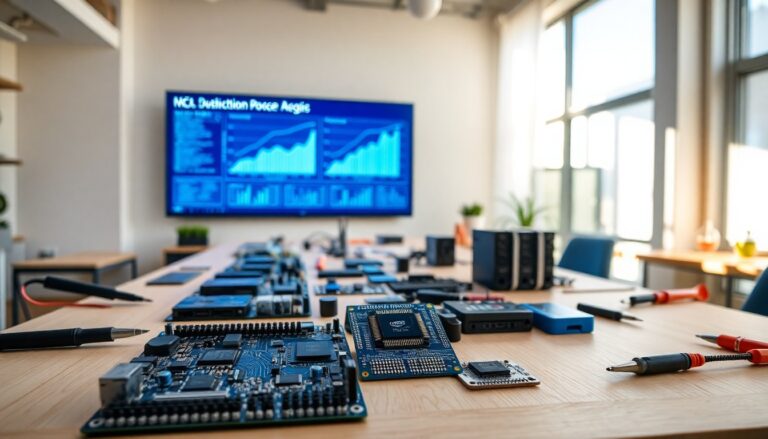Argomenti trattati
In a significant development in the technology sector, Microsoft and Intel have announced a collaboration to create a new class of processors. This partnership aims to redefine the future of artificial intelligence (AI) and data center operations. Initially revealed last year, the collaboration intends to utilize Intel’s advanced 18A fabrication technology for the production of custom silicon tailored for Microsoft’s ambitious projects.
While the initial announcement generated speculation among industry experts regarding the potential applications of this new silicon, recent reports from SemiAccurate have clarified that Intel Foundry will manufacture an AI processor for Microsoft using its cutting-edge manufacturing process.
The significance of the collaboration
Microsoft, known for its leadership in cloud and software solutions, has established a strong hardware division capable of creating custom silicon for various applications, including Cobalt CPUs and DPUs. Partnering with Intel represents a strategic move to enhance Microsoft’s offerings in the rapidly evolving AI landscape. Reports indicate that an upcoming processor from Microsoft, likely part of the Maia series, will be produced at Intel Foundry.
Implications for the chip supply chain
Through its collaboration with Intel, Microsoft gains access to a US-based chip supply chain that mitigates vulnerabilities associated with capacity limitations seen with major manufacturers like TSMC. This alliance is particularly advantageous given the US government’s financial support for Intel’s initiatives. The implications of this partnership are significant, especially in light of ongoing global semiconductor shortages.
Technical aspects of the Maia processors
Although specific details about the Maia processors are limited, they are designed for data center environments, suggesting substantial die sizes. Successful production at Intel Foundry would indicate that the 18A fabrication process can deliver high yields, a crucial factor for large components. Given the expected scale of the Maia processors, which aim to compete with Nvidia’s offerings, this collaboration could represent a notable technological advancement for both companies.
Architectural considerations for future processors
The first Maia 100 processor features an impressive size of 820 mm² and incorporates approximately 105 billion transistors, exceeding even Nvidia’s H100 chip. While a substantial part of Microsoft’s AI initiatives currently relies on Nvidia’s accelerators, the company is focused on optimizing its hardware alongside its software for improved performance and efficiency. This makes the Maia project critical for Microsoft’s long-term strategy.
If the new AI processors maintain near-reticle sizes for their compute dies, it would indicate that Intel’s manufacturing process is achieving low defect rates essential for high-yield production. Considerations for segmenting the processors into smaller chiplets using Intel’s EMIB or Foveros technologies could potentially impact performance efficiency. Therefore, the emphasis remains on developing larger dies that closely align with the capabilities of extreme ultraviolet (EUV) lithography tools.
Future developments and timelines
The partnership between Microsoft and Intel prompts questions about the timeline and specifics of the processors that Intel Foundry will develop. Rumors suggest that Microsoft is currently working on its next-generation processor, tentatively codenamed Braga, which may utilize TSMC’s 3nm technology and HBM4 memory. These advanced components are anticipated to launch around 2026, followed by subsequent iterations.
As this collaboration progresses, the integration of Microsoft’s software expertise with Intel’s manufacturing capabilities has the potential to lead to groundbreaking advancements in AI technology. The industry will closely monitor how this partnership influences the future of computing.

